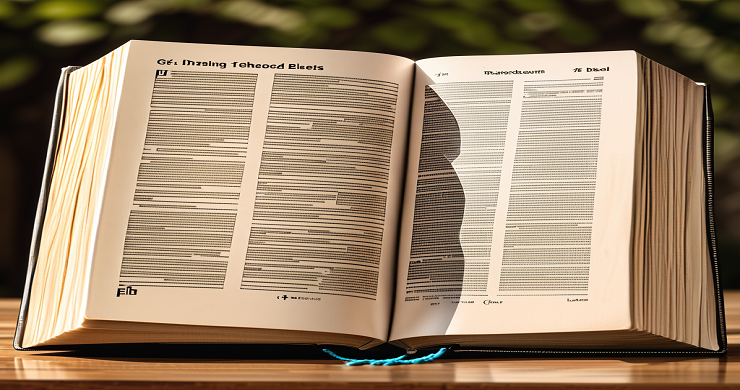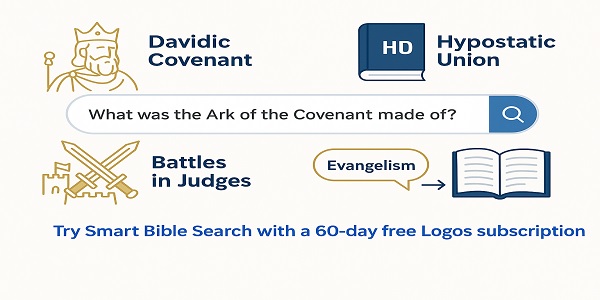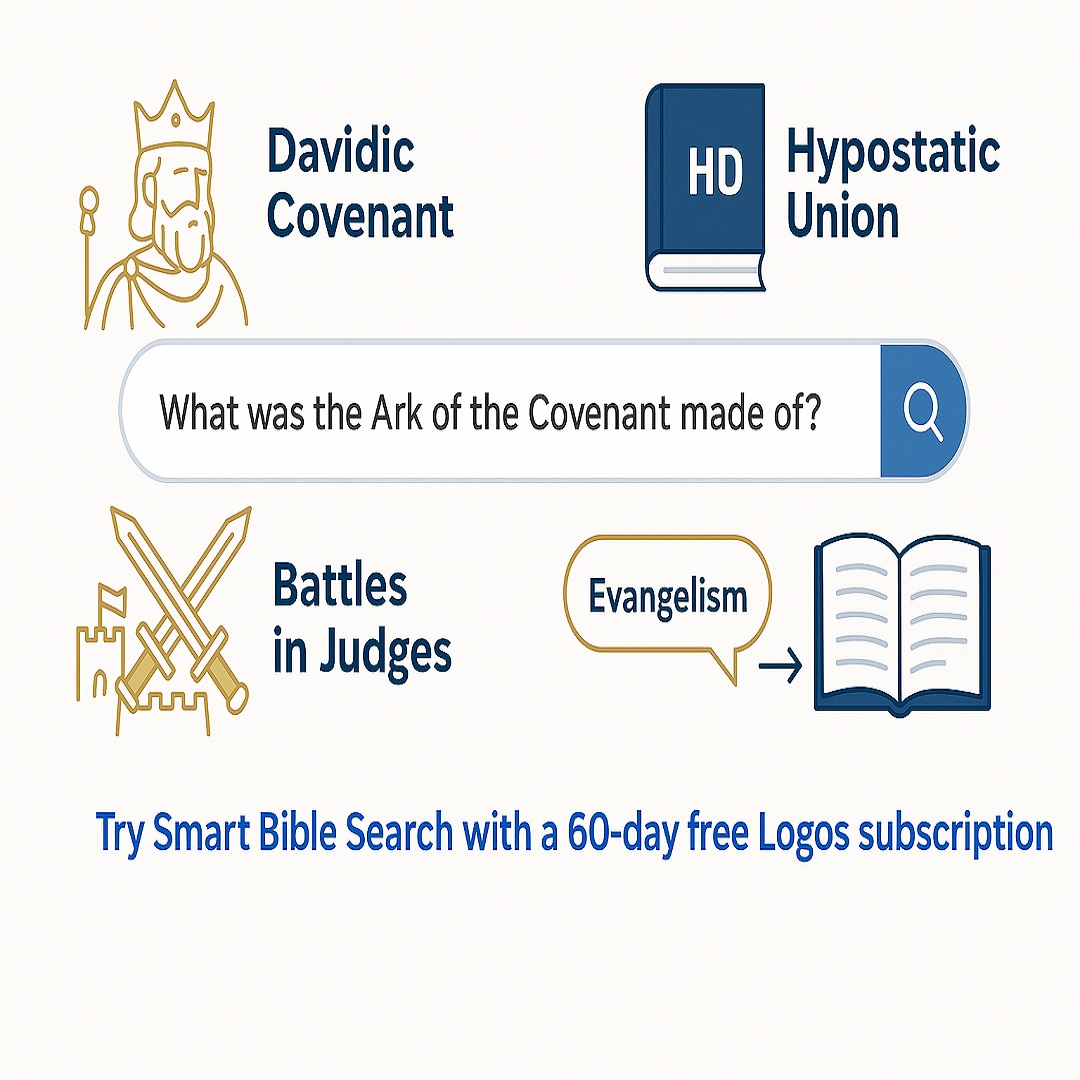My Ephesians Study Overview: Grace, Blood, Exodus, Deliverance and New Humans
An Ephesians study overview. With notes from: N.T. Write an online Course on Ephesians Dr Tim Mackie of The Bible Project Online Class on Ephesians and Dr Michel Heiser, The Unseen Realm.
A Letter To All, Even You is Plural
Although acknowledged in our Bibles as being written to the Ephesians, the letter was intended to be circulated. The earliest copies of this letter do not say that it was written to the Ephesians. It is therefore likely then that it contains responses to several issues raised by the different congregations to which it was going to be distributed.
Throughout this epistle the word “you”, every single appearance of it, is plural. This is obvious in the old King James Version. Where “thee, thou and ye” are used (“thou” and “ye” meaning “you”). But it is not so obvious in a modern English translation. Dr Tim Makie of the Bible Project prefers the pronunciation as they do in the southern USA as “y’all”.
Paul has crafted this letter to be a unified message to a wide audience. In doing so he has made it applicable to all believers everywhere in every time including us today.
Challenge:
Read through the first chapter of Ephesians and see how many superlatives you can find.
Question:
What impressions does the number of superlatives leave you with?
Prayer and Worship
Chapters 1,2 and 3 are effectively one continuous act of prayer and worship centred around the New Temple. Especially towards the end of chapter 2. The Temple now consists of all God’s people in the King (Messiah, Christ).
The acts of worship and prayer are stuffed with memories of the narrative that permeates the prayer and life of ancient Israel. That narrative is of the redemption of Israel at the Passover. The Passover is the inheritance that God promises and gives them. It interprets their worship and is the life that sustains them.
“The Eodus Followed by the Ten Commandments at Sinai and the subsequent writing of this Torah may be considered God’s third attempt at creating a moral world.” – Dennis Prager, “The Rational Bible: Exodus“.
Questions:
- Does this have any relevance to our daily lives as God lovers?
- Does this have any relevance to our worship lives as God lovers?
Glory
Glory is a word that immediately inspires people and certainly can come with a sense of awe. It occurs so often in the text that we must try to come to grips with it.
Questions:
- What do you know about Glory?
- What do you think Glory means?
Some try to replace the word “Glory” with “honour”. That can be helpful. Just as when an army general shows up in full dress uniform, he shows his honour with all the regalia. This is his glory. But this only expresses part of the intent of the word.
In my youth, I decorated my room to my heart’s content. It was a weird room by most standards. It had cellophane of all colours surrounding the lighting, and walls painted with space scenes and posters, many of which I created myself. I built and displayed science fiction and fantasy models as well as historic and modern military aircraft from around the world.
There were strings all over the place to remotely control things as Infrared remote controls were rare back then. One long-term project was a WWII-type diorama, complete with a model electric train set that bristled with carriages that exploded and launched things. Not to mention the moon landscape I made. This was all highlighted, during the day, by the light through my large window, with curtains I made in macrame. These macrame curtains were an ocean theme with additional symbolism of my Christian faith and other things I liked. This was a place where I could freely express myself. It was my glory.
Glory is something that pleases. Something that gives honour. Something that stands out. It is capturing, impressive, inspiring and awesome. Gives hope and causes us to praise. Wealth and power are associated. As God’s Shekinah (see below) it is God’s visible and physical presence that fills the Temple.
Glory is no ordinary word!
Two Great Themes
Paul is writing as a Jew of the Second Temple period. That is the long period after the Babylonian exile when there was a sense of puzzlement among many of the Jews. When they returned from that exile they had rebuilt the temple. But things were not as promised. Isaiah, Jeremiah, Ezekiel, Zechariah, and Malachi did not see their great promises fulfilled. The Temple was not up to the standard of Solomon and God’s Glory had not returned. He had not come back in person and until that moment the long exile would not truly be over.
Israel’s sin caused the exile. The deliverance they were seeking was to be the ultimate forgiveness of sin. The new covenant in Jeremiah 31 says sins will be forgiven.
Isaiah 40-55, is a majestic poem about the overthrow of Babylon and its gods and of Israel’s God returning to Zion at last. At the heart of it, is a picture of how God forgives Israel’s sins.
Hence, for Paul as a Jew, two great themes are coming together:
1. A new exile, a new Passover, a new act of deliverance
and infused with that act of deliverance there will be
2. Forgiveness in which God deals with people’s sins.
Thus, we should not be surprised that Paul weaves these themes into the opening verses of Ephesians, revealing the mystery made known to him.
=======================
Chapters 1-3: A Liturgical Set Piece.
- Paul began Chapter 1 with a long prayer of blessing, a Doxology or Victory song of praise.
- A prayer of intercession.
- A kind of sermon. A description or a map showing how both Paul and the people were rescued.
- Following from the sermon we return to intercession to worship again.
- This section which we will look at next, is a fresh prayer for the churches to whom he is writing. It brings us back to where we were at the beginning. That is, having started Ephesians with praise, Paul draws his audience’s attention to prayer. A prayer filled with fascinating images.
- He ends the set with another Doxology simply praising God.
Now we have completed My Ephesians Study Overview. Next, we start with chapter one.


 Search The Bible the way you have always wanted to.
Search The Bible the way you have always wanted to.
 The most complete Bible study Platform. Start you Free trial Now!
The most complete Bible study Platform. Start you Free trial Now!



